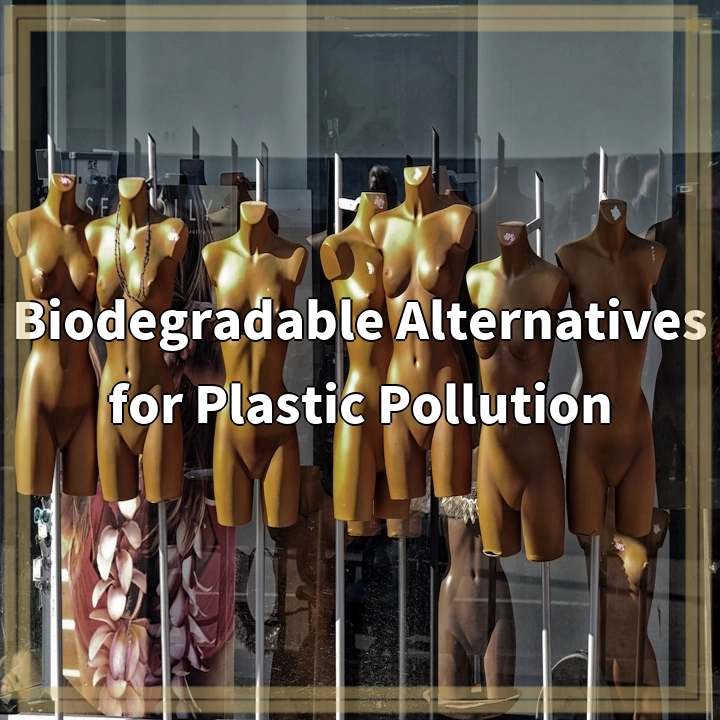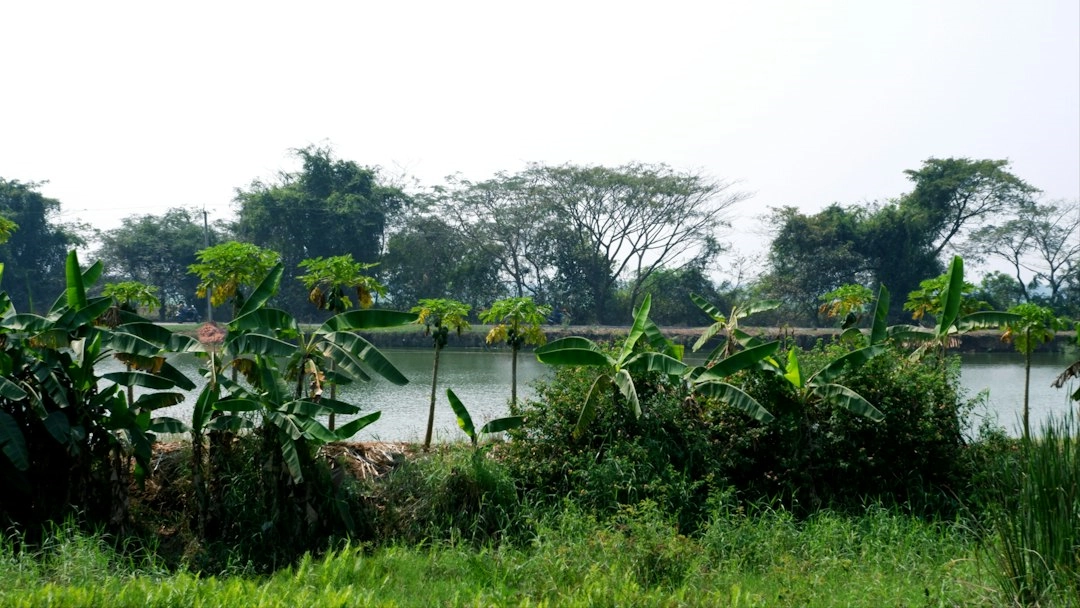
Biodegradable Alternatives for Plastic Pollution
What is it?
Biodegradable alternatives for plastic pollution refer to products that are designed to break down naturally over time, minimizing their impact on the environment. These alternatives are often made from organic materials, such as plant-based polymers or renewable resources, and have the ability to biodegrade or compost under specific conditions. The aim is to reduce the environmental harm caused by traditional plastics that can persist in the environment for hundreds of years.
Real-World Problems
While biodegradable alternatives for plastic pollution offer a promising solution, there are certain challenges and considerations associated with their implementation:
1. Lack of Standardization
One major issue with biodegradable alternatives is the lack of standardized definitions and certifications. The term “biodegradable” can be used loosely, leading to confusion and greenwashing. Without clear guidelines and standards, it becomes difficult for consumers and businesses to identify genuinely biodegradable products.
2. Limited Composting Facilities
Many biodegradable alternatives require specific conditions, such as industrial composting facilities, to break down properly. However, such facilities are not yet widely available in many areas, which limits the practicality and effectiveness of these alternatives. Without proper composting infrastructure, these products may end up in landfills where they may not degrade as intended.
3. Cost and Accessibility
Biodegradable alternatives often come with a higher price tag compared to traditional plastics. This cost difference can be a barrier for widespread adoption, especially for small businesses or developing economies. In addition, the availability of biodegradable options can be limited, making it challenging for consumers to access these products conveniently.
4. Potential Environmental Trade-offs
While biodegradable alternatives aim to reduce plastic pollution, there are potential trade-offs to consider. Some alternatives may require more resources or energy to produce, which can have its own environmental impacts. It is important to evaluate the life cycle of these alternatives to ensure that the benefits outweigh any potential negative consequences.
In conclusion, biodegradable alternatives for plastic pollution offer a promising solution to reduce the environmental harm caused by traditional plastics. However, it is crucial to address the challenges of standardization, composting infrastructure, cost, and potential trade-offs. By overcoming these obstacles, we can pave the way for a more sustainable future with less plastic pollution.

Biodegradable Alternatives for Plastic Pollution
What is it?
Biodegradable alternatives for plastic pollution refer to products that are designed to break down naturally over time, minimizing their impact on the environment. These alternatives are often made from organic materials, such as plant-based polymers or renewable resources, and have the ability to biodegrade or compost under specific conditions. The aim is to reduce the environmental harm caused by traditional plastics that can persist in the environment for hundreds of years.
Real-World Problems
While biodegradable alternatives for plastic pollution offer a promising solution, there are certain challenges and considerations associated with their implementation:
1. Lack of Standardization
One major issue with biodegradable alternatives is the lack of standardized definitions and certifications. The term “biodegradable” can be used loosely, leading to confusion and greenwashing. Without clear guidelines and standards, it becomes difficult for consumers and businesses to identify genuinely biodegradable products.
2. Limited Composting Facilities
Many biodegradable alternatives require specific conditions, such as industrial composting facilities, to break down properly. However, such facilities are not yet widely available in many areas, which limits the practicality and effectiveness of these alternatives. Without proper composting infrastructure, these products may end up in landfills where they may not degrade as intended.
3. Cost and Accessibility
Biodegradable alternatives often come with a higher price tag compared to traditional plastics. This cost difference can be a barrier for widespread adoption, especially for small businesses or developing economies. In addition, the availability of biodegradable options can be limited, making it challenging for consumers to access these products conveniently.
4. Potential Environmental Trade-offs
While biodegradable alternatives aim to reduce plastic pollution, there are potential trade-offs to consider. Some alternatives may require more resources or energy to produce, which can have its own environmental impacts. It is important to evaluate the life cycle of these alternatives to ensure that the benefits outweigh any potential negative consequences.
Solutions
To address the challenges associated with biodegradable alternatives for plastic pollution, the following solutions can be implemented:
1. Standardization and Certification
There is a need for clear guidelines and certifications to ensure that biodegradable products meet specific criteria. Establishing standardized definitions and labels will help consumers and businesses make informed choices and avoid misleading claims.
2. Improving Composting Infrastructure
Investing in the development of composting facilities on a larger scale will be crucial for the proper disposal and decomposition of biodegradable alternatives. Governments, businesses, and communities must work together to establish and expand these facilities, making them accessible to a wider population.
3. Research and Innovation
Continued research and development efforts are necessary to improve the affordability and accessibility of biodegradable alternatives. Innovations in materials and production methods can help reduce costs and expand the range of available options.
4. Life Cycle Assessment
Conducting life cycle assessments of biodegradable alternatives can help identify any potential trade-offs and ensure that their environmental benefits outweigh any negative impacts. This holistic approach will ensure that the overall sustainability of these alternatives is carefully evaluated.
By implementing these solutions, we can overcome the challenges associated with biodegradable alternatives for plastic pollution. This will pave the way for a more sustainable future where the harmful effects of traditional plastics are minimized.















